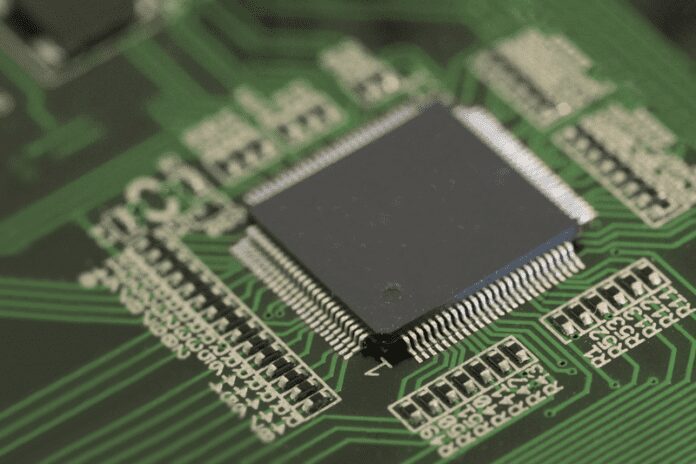U.K. chip designer Arm, owned by Japan’s SoftBank, will continue to supply Chinese vendor Huawei Technologies after the firm’s legal team determined that its chip technology is of U.K. origin and would not breach U.S. restrictions previously imposed on Huawei, according to a report by Reuters.
In May, Arm decided to halted relations with Huawei after the U.S. government banned American companies from doing business with Huawei over security allegations.
According to the report, Huawei’s proprietary chips such as Kirin 990 mobile processors and Ascend 910 AI chipset are built on Arm’s design architecture.
“Arm’s v8 and v9 are U.K.-origin technologies,” Reuters quoted an Arm spokeswoman as saying. “Arm can provide support to HiSilicon for the ARM v8-A architecture, as well as the next generation of that architecture, following a comprehensive review of both architectures, which have been determined to be of UK origin.”
HiSilicon is a chipmaker fully owned by Huawei.
“Arm is actively communicating with department officials regarding any support of our partner HiSilicon, and we remain confident we are operating within the parameters of those guidelines,” the spokeswoman said.
In May, the Trump administration confirmed that the U.S. Department of Commerce added Huawei to its Entity List, a decision that effectively banned the company from buying parts and components from U.S. companies without U.S. government approval. Under the order, Huawei will need a U.S. government license to buy components from U.S. suppliers.
Washington alleges that Chinese firm represents a national security risk as its equipment could be used by the Chinese government to spy. Huawei has repeatedly denied its products pose a security threat.
At that time, firms including Google, Intel, Qualcomm and Microm had halted shipments due to the restrictions. Huawei relies heavily on computer chips imported from U.S. companies. Out of $70 billion that Huawei spent buying components in 2018, some $11 billion went to U.S. firms including Qualcomm, Intel and Micron Technology.
In July, President Donald Trump agreed to grant “timely” licensing decisions to U.S. technology firms that want to sell components and services to Huawei.
The U.S. Commerce Department confirmed it had received over 130 applications from U.S. firms for licenses to sell goods to Huawei. However, government officials recently confirmed that all the export licenses requested by U.S. companies are still pending approval.
In September, Intel’s CEO Bob Swan had confirmed that the firm had already applied for licenses to sell some components to Chinese vendor Huawei, The executive said that Intel had been selling some products to Huawei in the second quarter after determining what products were “within the rules of the law.”
Also in September, Huawei’s founder and CEO Ren Zhengfei had proposed selling the company’s current 5G know-how to a Western company as a way to address security concerns by the U.S. and other Western countries. According to interviews published by The Economist and The New York Times. Ren said that the potential buyer will have access to Huawei’s existing 5G patents, licenses, code, technical blueprints and production knowledge for a one-time fee.

